Diagnosing Throttle-By-Wire Problems
The main reason for the switch to Throttle-By-Wire (TBW) or Drive-by-Wire is that it allows the ECM to work in harmony with other engine control systems such as cruise control, traction control, torque management and stability control.
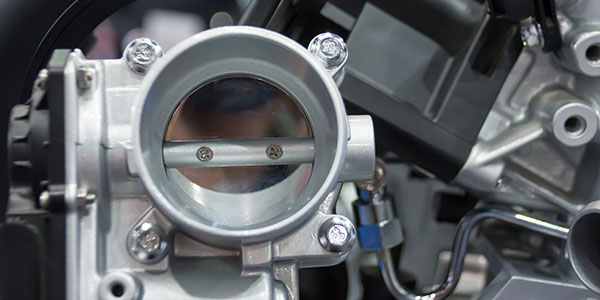
Top EVAP Tips When Replacing Fuel Pumps
Nothing is worse that an EVAP code after a fuel pump has been replaced. Discovering that the tank needs to be dropped again to address a problem can kill shop productivity and profitability. Keep reading for tips that can help you avoid comebacks and dropping the tank for a second time.
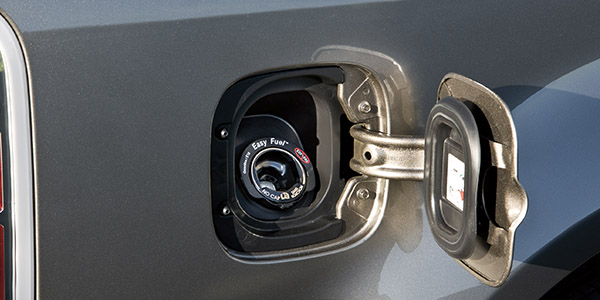
Ford TPMS Service
Ford embraced tire pressure monitoring systems (TPMS) as early as the 2002 model year on the Explorer and Windstar. These systems can be either direct or indirect. From 2006-’09, Ford used banded sensors mounted in the center of the rim. In 2010, Ford reverted to valve stem-mounted sensors. All the systems are straightforward and common service procedures apply to most models.
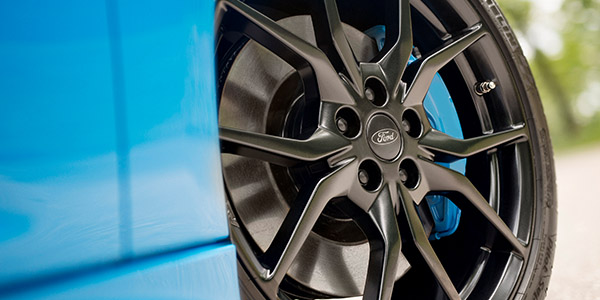
Alternator Testing Tips
If only battery voltage is present at the battery on a running engine, does this mean the alternator is “bad?” No, it does not. It only means that the alternator is not charging, but does not reveal why. Therefore, it does not prove a faulty alternator.
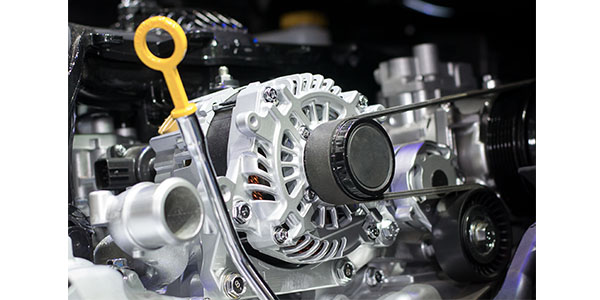
The American Image Problem
I am going to say it, American technicians have a bad image. But, the image is not the reality. Most technicians are electricians, fabricators, engineers, IT troubleshooters and entrepreneurs all rolled into one. But, we are still fighting the image problem with consumers who think anyone can fix a car, or they are too smart to get their hands dirty.

Dodge Tech Tip: Drone Or Vibration Present During MDS Operation
This bulletin involves selectively erasing and reprogramming the Powertrain Control Module (PCM) with new software for the 2010-2013 1500 Ram with the 5.7L engine and automatic transmission built on or before July 17, 2014.
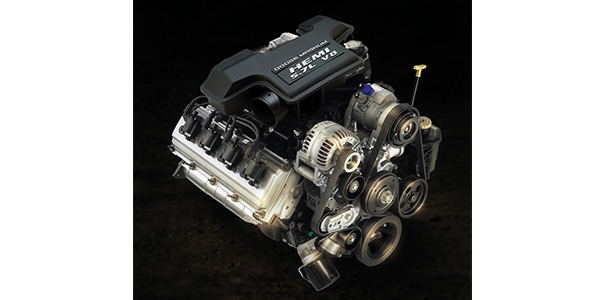
Ford Tech Tip: Gas Nozzle Stuck In Filler Neck
Some vehicles equipped with the Easy Fuel Capless Fuel System may exhibit a concern where a fuel nozzle cannot be inserted and/or removed. This concern may be caused by a problem with the fuel station nozzle. The sleeve at the tip of the spout may be missing, not allowing the nozzle to be inserted, or could be loose/gapped not allowing the nozzle to be removed once inserted.
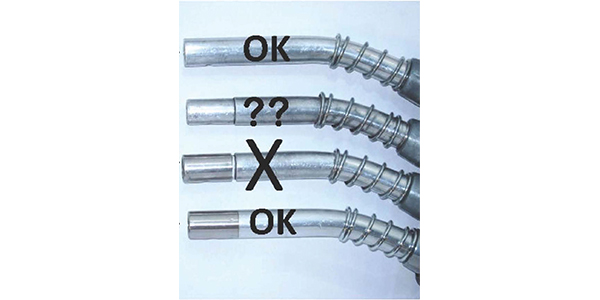
Conventional vs. Synthetic Oils: What’s In The Bottle?
According to the American Petroleum Institute (API), base oils can be broken down into five main groups based on the refining method and lubricant’s properties, such as viscosity and the proportion of saturates and sulfur content. Before all the additives are dropped in, engine oils begin as one or more of these five API groups.
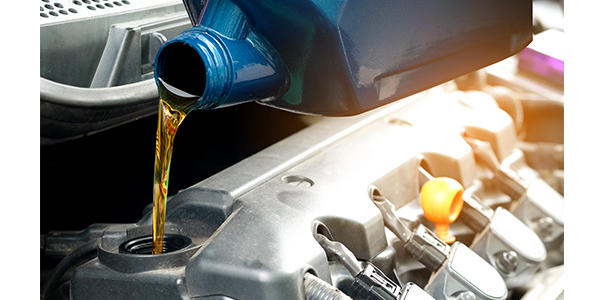
Ford Tech Tip: No Communication Codes
When addressing a module “No Communication” related issue, it is important to perform a visual inspection of the vehicle in various locations. This will help identify potential tampering, modifications or the presence of aftermarket electronic add-ons.
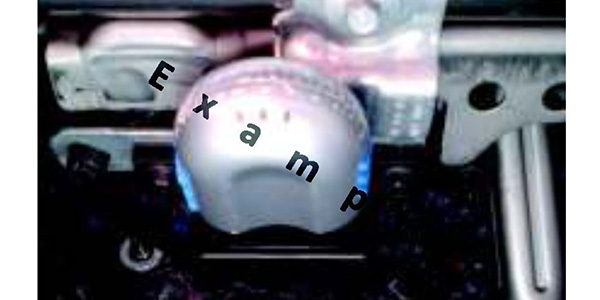
Embracing ADAS!
Are you afraid of Advanced Driver Assistance Systems (ADAS)? A hot topic at recent training events and online forums, much of the hysteria regarding ADAS is driven by news stories about new vehicles that are able to drive on freeways on their own, or a horror story about a Tesla crashing into something on the highway. But, the current reality of ADAS at the shop level is quite different.
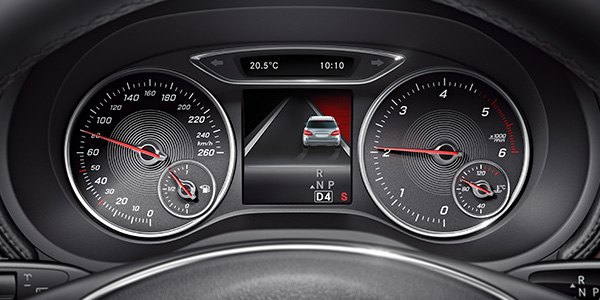
Don’t Fear The Turbo
The turbocharger gets a bad rap. So many technicians can name reasons why they have failed in the past, yet they can’t recall when or why a turbocharger has failed recently. With more and more vehicles employing a turbocharger to achieve power and fuel efficiency from a downsized engine, the importance of maintenance is more critical than ever.
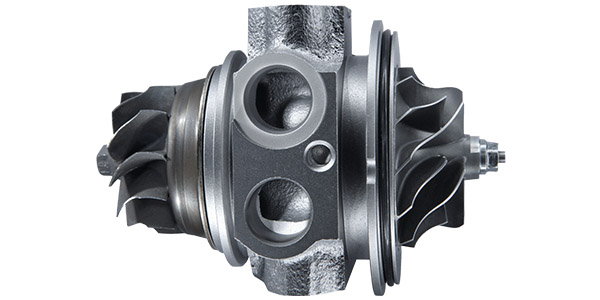
Secondary Air Injection Tips
Secondary air injection can be supplied actively from an electric air pump or passively from pulse pressure in the exhaust system. In a passive/pulse system, air is drawn in when a valve opens from vacuum created through exhaust flow. In an active system, air is blown from an electric pump, which allows for better control.

